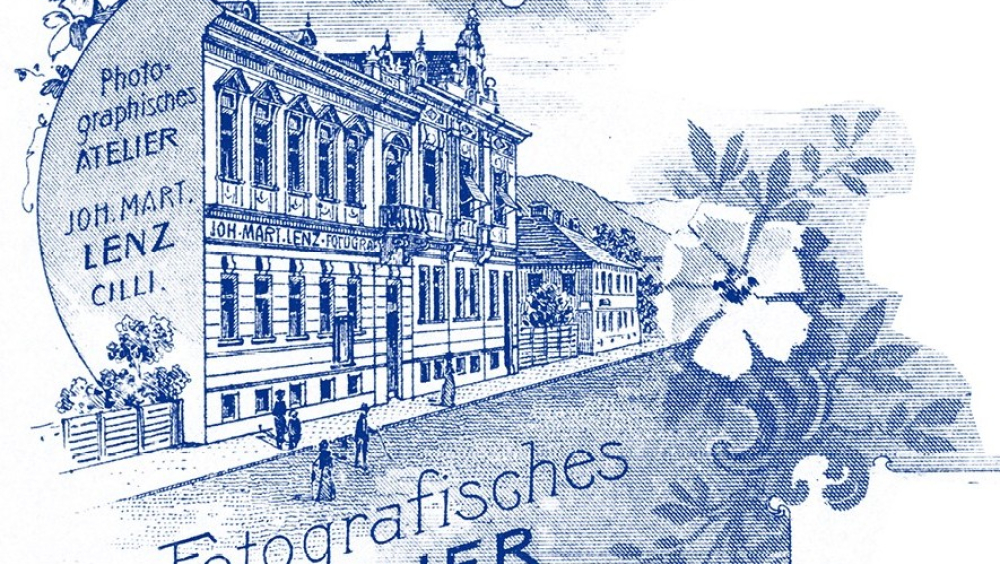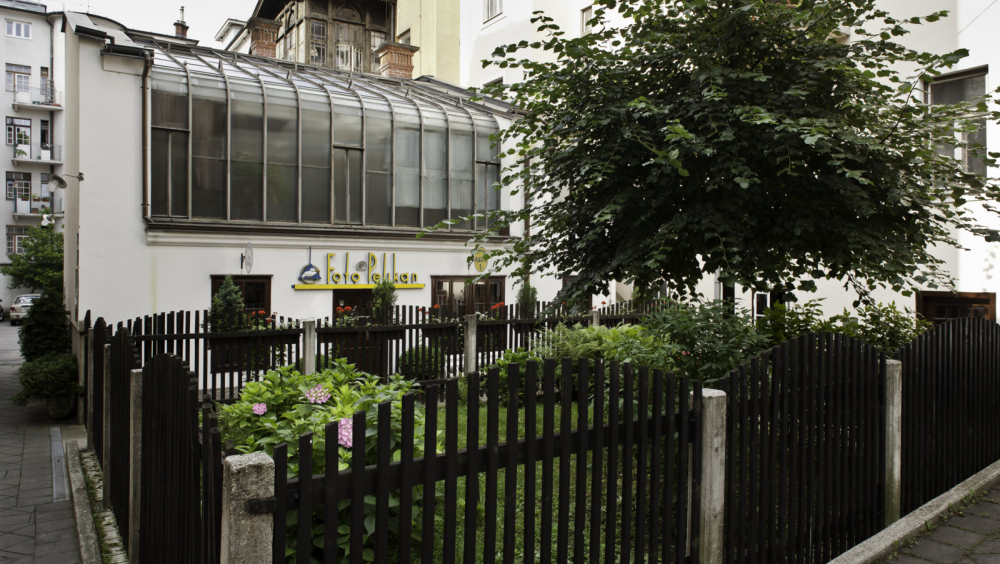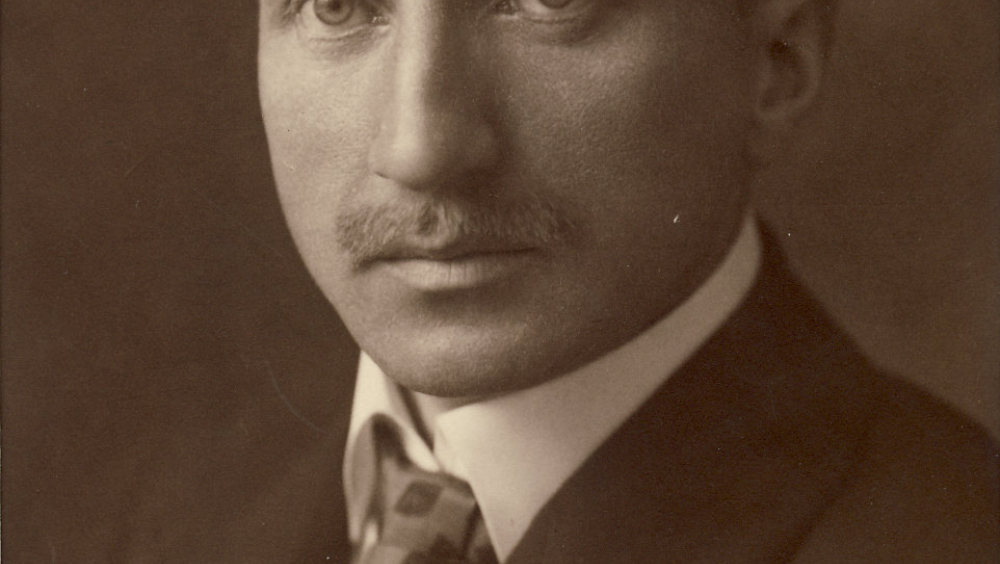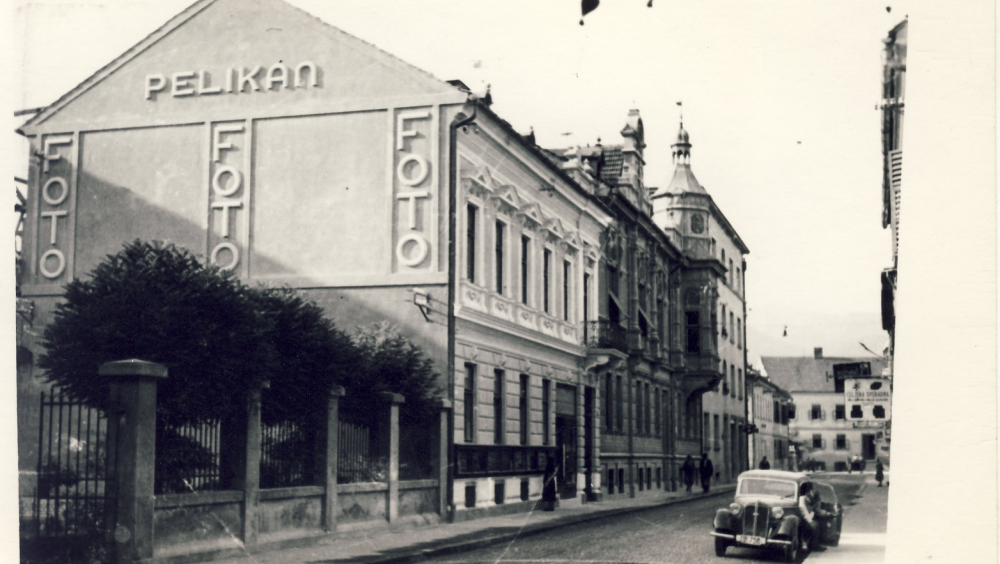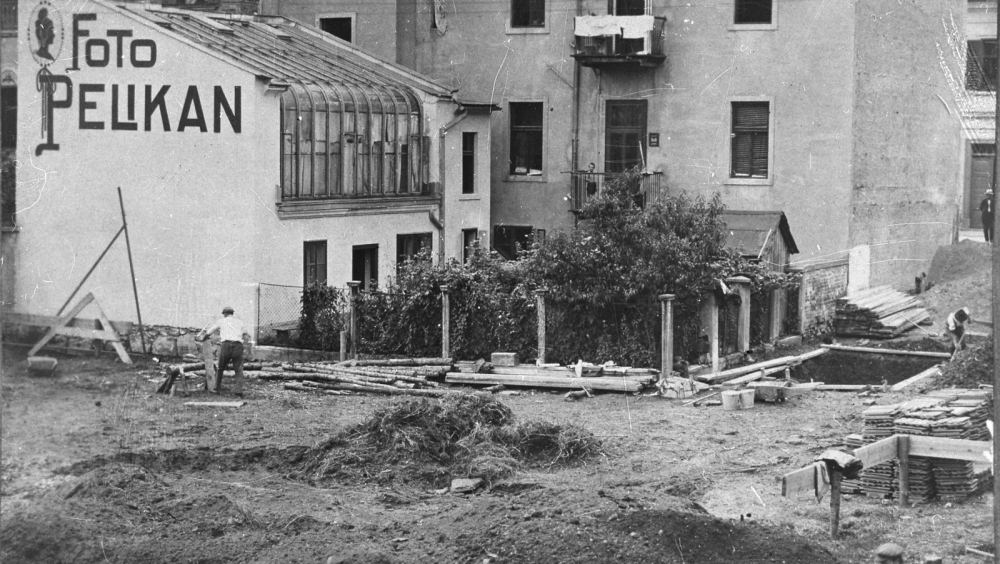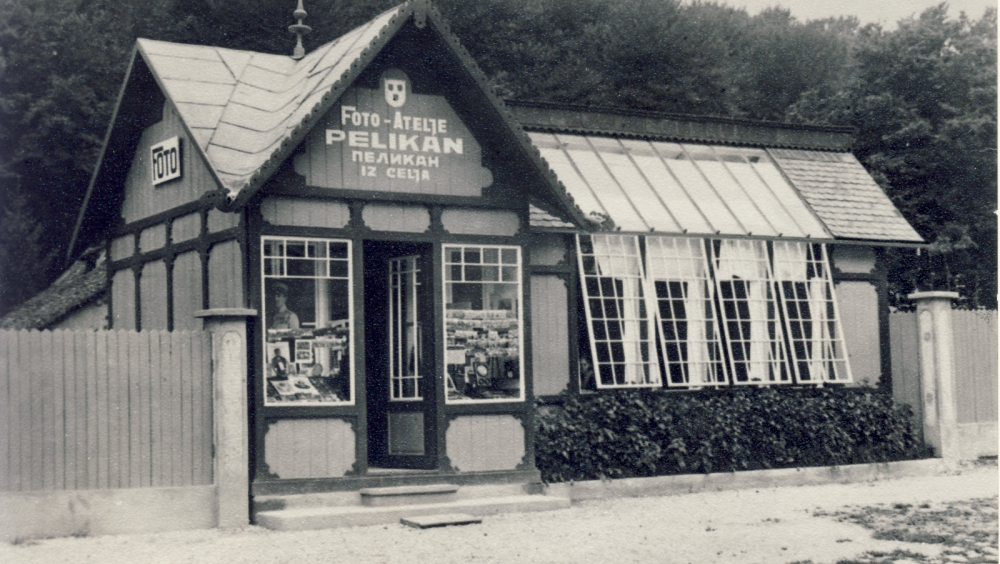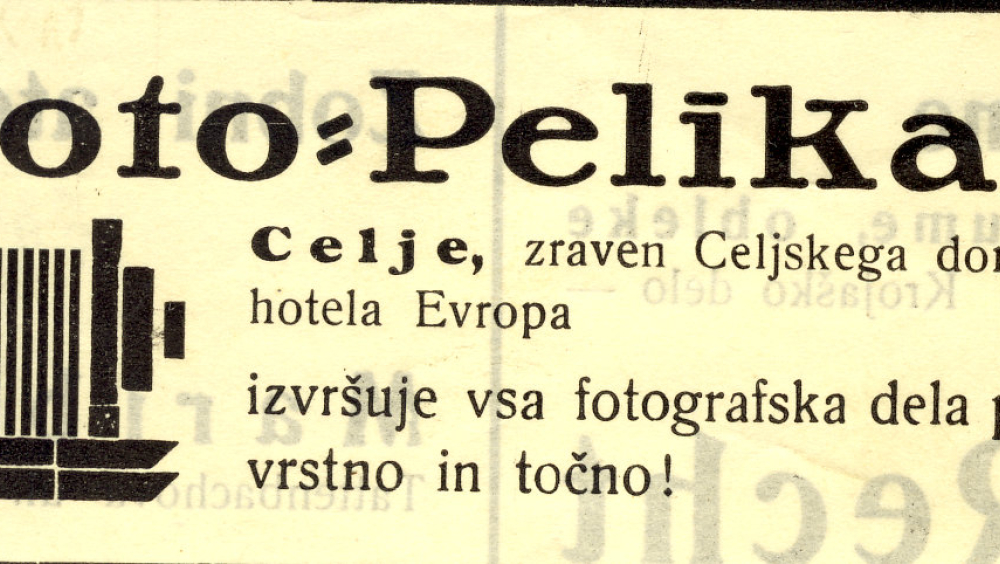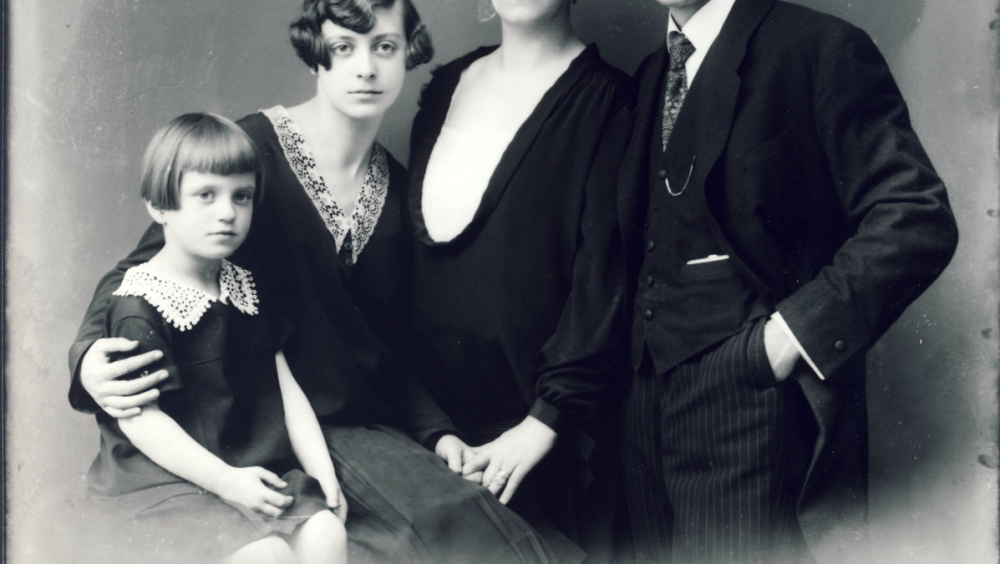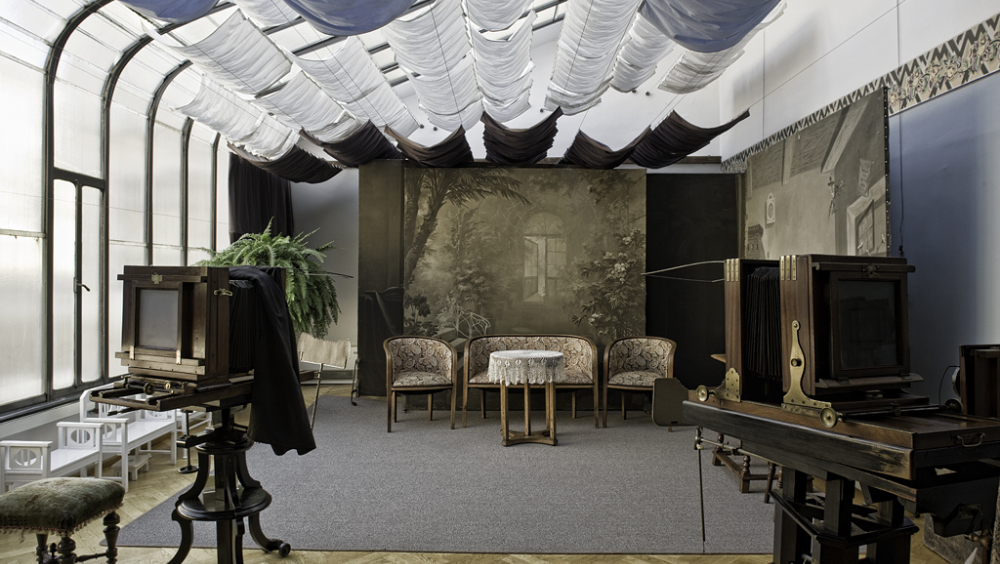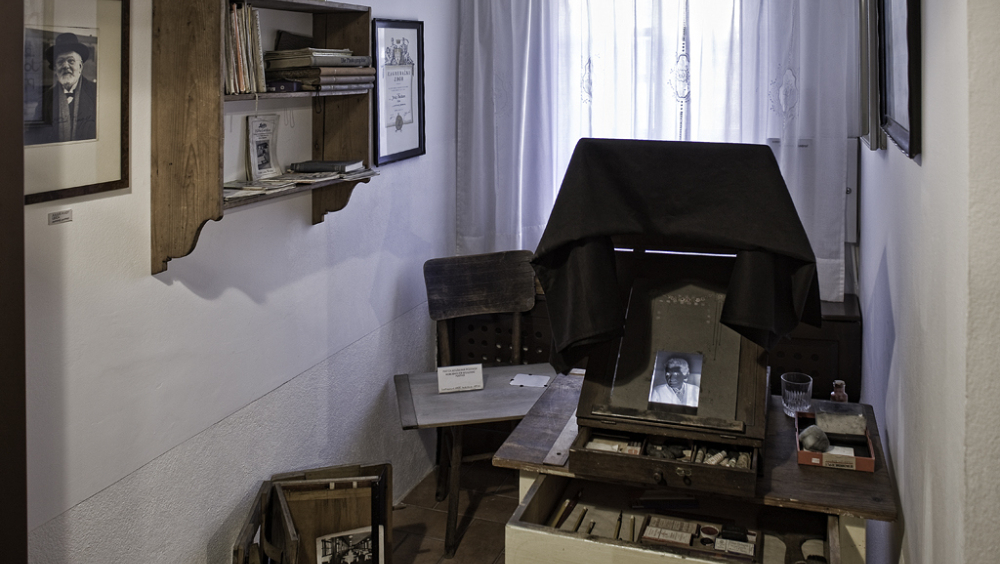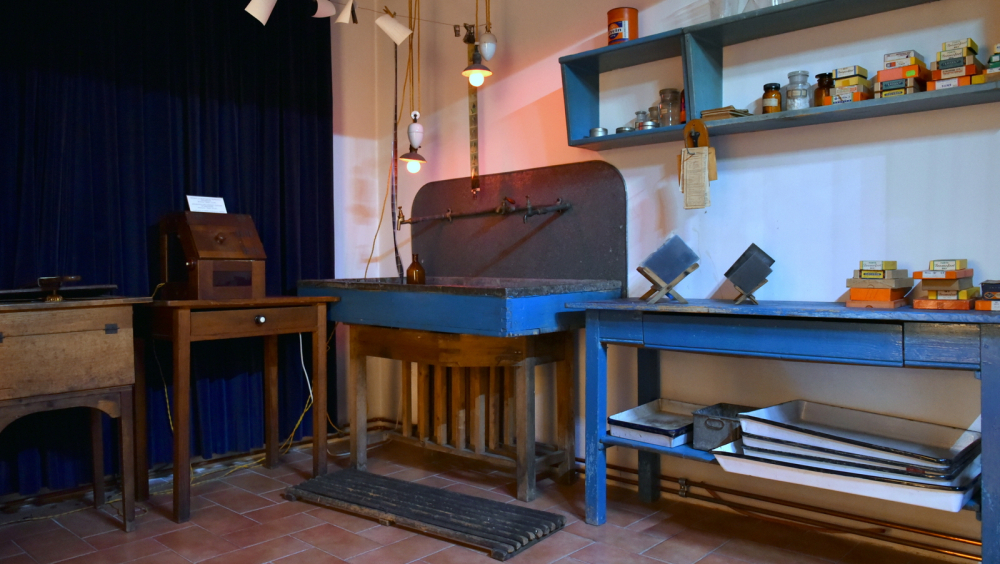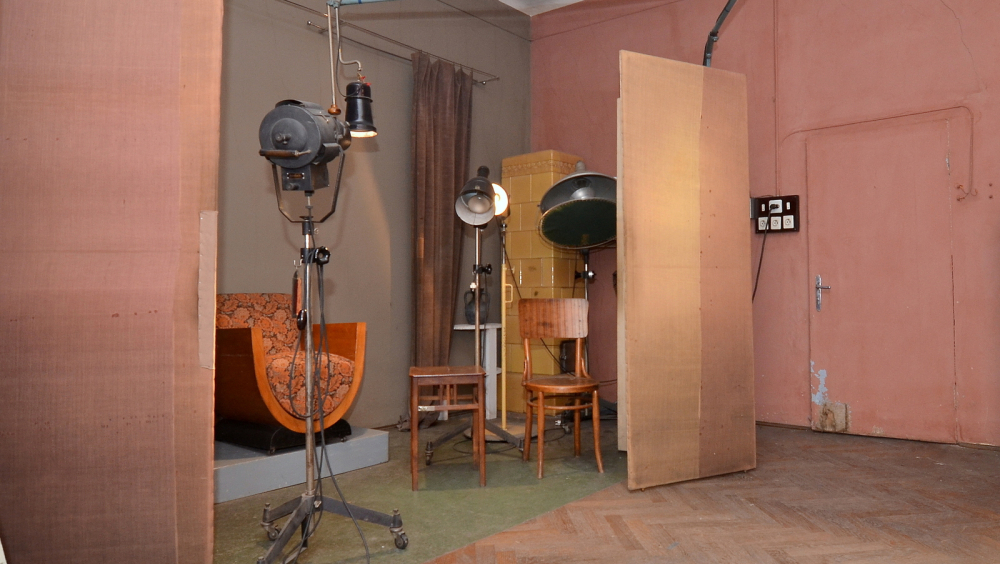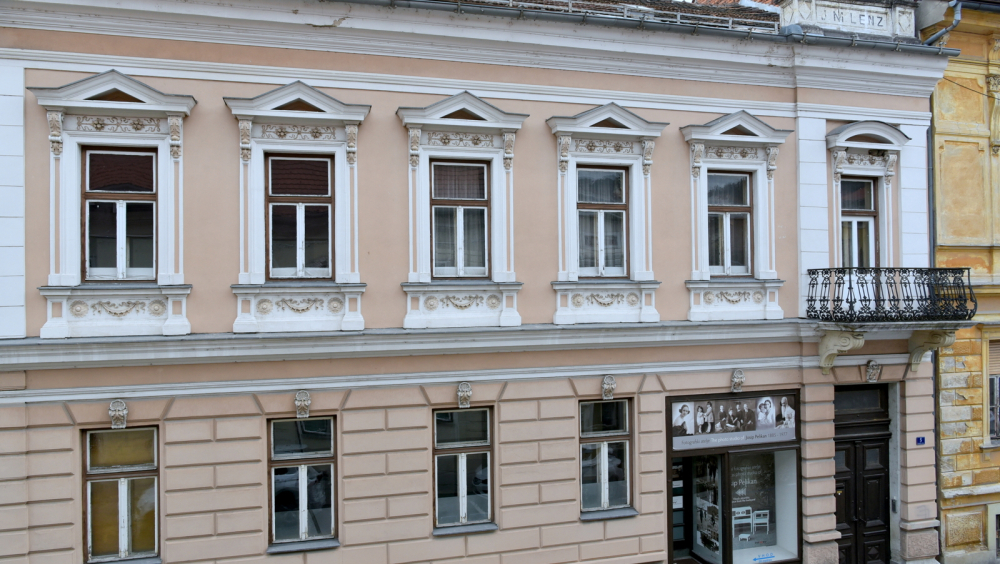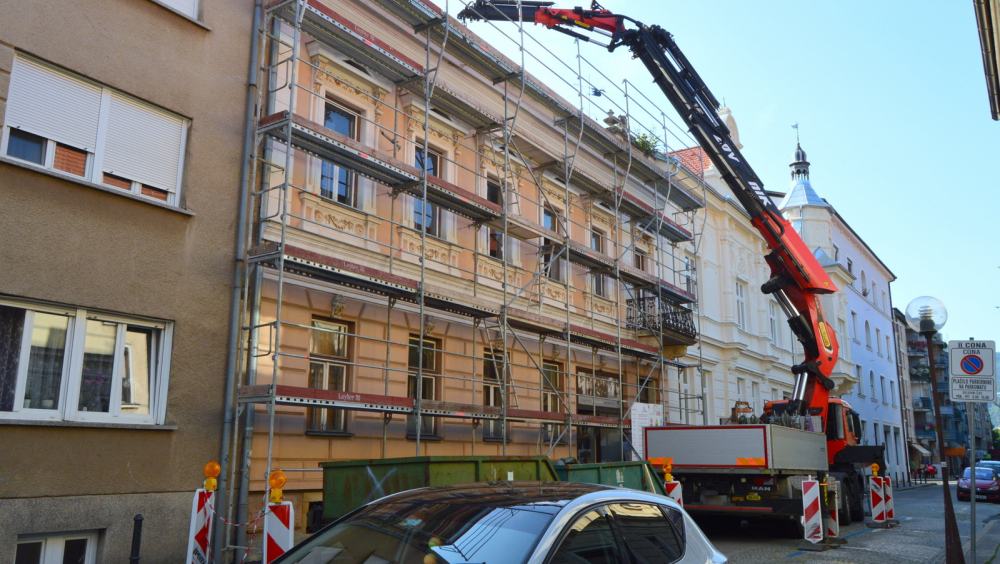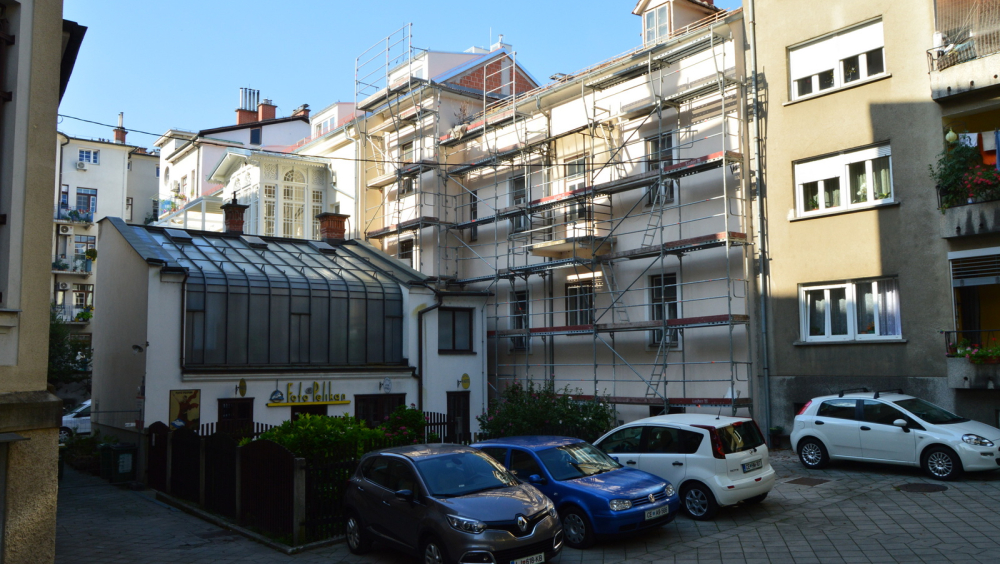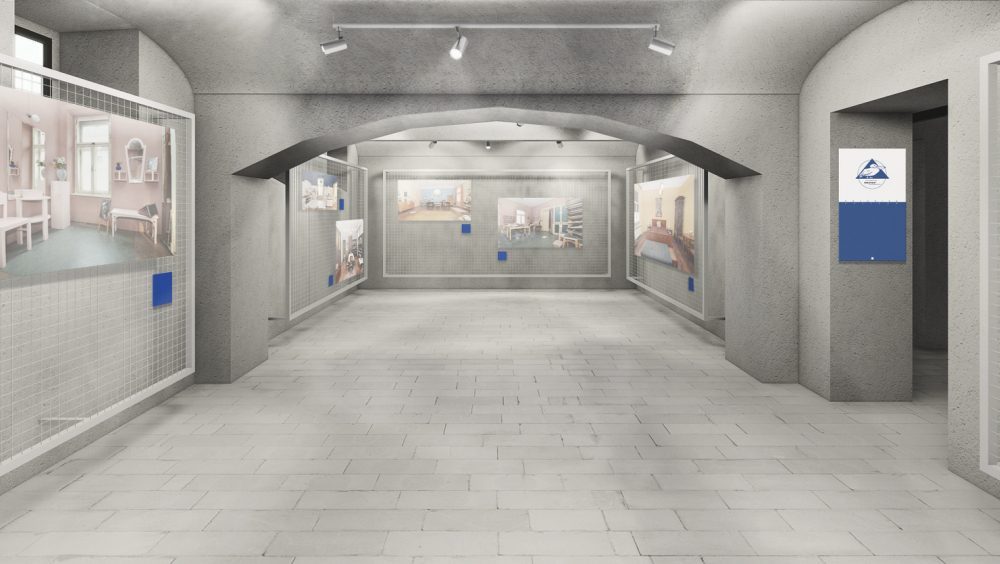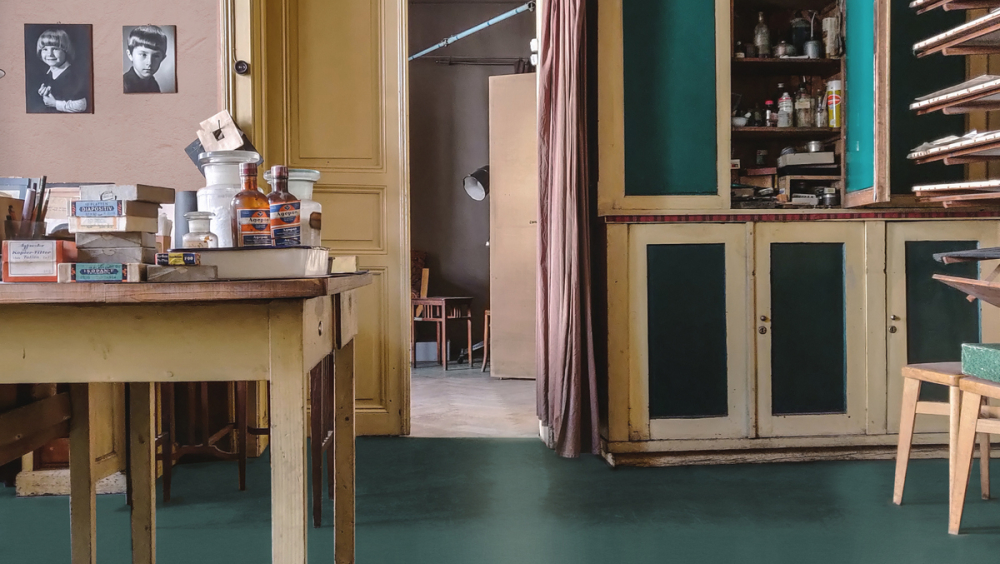PHOTO HOUSE PELIKAN – THE CENTURY OF PHOTOGRAPHY IN SITU
In the second half of the 19th century, photography conquered the world and became a central medium and a constant companion of life. In European cities, squares and villages, more and more professional and amateur photographers worked, which was also the case in the territory of the Habsburg Monarchy, which today's Slovenia was a part of. One of them, Johann Martin Lenz, built a large, three-story house in Celje in 1899 and added a modern glass photography studio next to it. After the end of the First World War, building came under the ownership of photographer Josip Pelikan, the most important Celje photographer of the 20th century, otherwise of Czech descent, who lived and worked here for almost six decades. As a portraitist and a chronicler of his time, he permanently recorded the most important events in the history of the city in his period, and his name became photographical synonym in Celje and its surroundings. He left behind an exceptional legacy, which is now kept by the Museum of Recent History Celje and which stands out not only in Celje and Slovenia, but also in the wider European area. It consists of tens of thousands of photographs, also those on glass plates, cameras and photographic accessories, a rich archive and documentation, and most importantly two studios with a range of photographic and technical equipment. The restored glass studio from the end of the 19th century, the only preserved case of such a glass photographic studio in Slovenia, and one of the rare ones in Europe, has been converted into a museum in 1997. (See link)
However, this important heritage story is not done. We are already writing even more extensive chapter. Namely, we designed the Photo house Pelikan project, the goal of which is a comprehensive and meaningful museum-cultural complex based on Pelikan's heritage and its connection with modern photographic production and activity. The already existing museum unit (glass studio) will be extended to the entire house, so that an "electric" photo studio as well as an apartment, basements and attics will be included. In this way, visitors will walk through the history and heritage of photography from the late 19th century to the present day in a completely authentic environment (in situ). The Pelikan Photo House is conceived not only as a museum of cultural and technical heritage, but also as a cultural and artistic centre in which heritage and history go hand in hand with new cultural patterns and artistic practices. Therefore, we will arrange a gallery in its basement and thus a new exhibition space for the promotion of contemporary photographic creativity, both foreign and domestic.
We are convinced that Photo house Pelikan will significantly influence the cultural life of the local community with its content in an extensive accompanying program and enrich the cultural and tourist offer of Celje and Slovenia. At the same time, it will find its place on the map of the common European heritage. Photography and photographic heritage will speak to the visitors with the content that is part of a common European consciousness and historical and collective memory, and their language is not limited by state or national borders.
Thanks to the rapid development of photographic technique in the second half of the 19th century, photography soon conquered the world and became a central medium and a constant companion of life. Contemporaries recognized the documentary value and role of science in it, and furthermore it caused a real revolution in the field of the personal portrait. More and more professional and amateur photographers worked in European cities, squares and villages, which also applied to the territory of today's Slovenia, then part of the Habsburg Monarchy. At the turn of the 19th to the 20th century, the small Slovenian town of Celje, a regional trade, craft and industrial centre, had a population of just over 6,000, of which more than ten were masters of the new photographic craft. In 1899, one of the most prominent of them, Johann Martin Lenz, had a large residential house built in the town, right next to the railway station, and a modern glass photographic studio was added next to it. Lenz died in 1916 and his estate soon changed hands. The owner became a man named Josip Pelikan, a Master of Photography of Czech descent, who withdrew from mining Idrija after the First World War before the Italian occupation, immigrated to Celje and continued his own and Celje's photographic story, which lasted for almost six decades. As a portraitist and a chronicler of his time, he has permanently recorded the most important, both pleasant and bitter events, including ones from the war, and his photographs can be found in many family albums in the wider Celje area. As early as 1923, he opened a branch in the nearby tourist and health resort of Rogaška Slatina, followed by an even smaller unit in Dobrna, and his assistants also regularly took photographs in Rimske Toplice and Laško. Pelican was very well aware of the importance of advertising, promotion and consolidating his own brand. Photos marked with his name, were published in daily newspapers, brochures, and other publications, and he also participated in some Yugoslav photographic exhibitions. Pelikan's name became photographical synonym in Celje and its surroundings, and many photographers of younger generations have learned the craft in his studio.
Due to Pelican's longevity, ingenuity, perseverance and diligence we can still talk about a rich legacy, the diverse scope of which would be difficult to find a match for, as it stands out not only in Celje, but also in Slovenia and the wider environment. After his death in 1977, his father's inheritance was carefully guarded by both daughters, especially the younger Božena, who continued the family business, until the gradual transfer of Pelikan's material heritage under the auspices and protection of Museum of Recent History Celje began in the 1990s. Today, museum holds tens of thousands of photographs and glass plates, cameras and photographic accessories, a rich archive and documentation, and most importantly two studios with a range of photographic and technical equipment.
The glass photography studio, built by Lenz and used by Pelikan before Second World War, is built on two floors. On the ground floor there was room for workspaces, and on the first floor there was an art nouveau glass salon with a reception area. Today, the renovated studio has been declared a cultural monument of national importance and is the only such example of preserved cultural and technical heritage in Slovenia and one of the few in Europe. For more than two decades, since its opening in 1997, it has been a jewel of the museum's offer and has impressed an ever-widening circle of visitors with its appearance, content, and programs.
After the death of Mrs. Božena Pelikan, the Museum of Recent History also took over the management of the Pelikan family house, including a well-preserved electric photo studio built before the Second World War, first used by Josip Pelikan and then by his daughter Božena until the end of the 20th century.
With that, we started writing a new heritage story. The Photo house Pelikan project has started, the goal of which is a comprehensive and meaningful museum-cultural complex based on Pelikan's heritage and its connection with modern photographic production and activity. The already existing museum unit (glass studio) will be extended to the entire house, so that an "electric" photo studio as well as an apartment, basements and attics will be included. In this way, visitors will walk through the history and heritage of photography from the late 19th century to the present day in a completely authentic environment (in situ). At the same time the bourgeois living culture in the first half of the 20th century will be presented. In the basement we will arrange a gallery and thus a new exhibition space for the promotion of contemporary photographic creativity, both foreign and domestic. The Photo house Pelikan is conceived not only as a museum of cultural and technical heritage, but also as a cultural, artistic, and educational centre, in which heritage and history go hand in hand with new cultural patterns and artistic practices, knowledge and skills.
We are convinced that Photo house Pelikan will significantly influence the cultural life of the local community with its content in an extensive accompanying program and enrich the cultural and tourist offer of Celje and Slovenia. At the same time, it will find its place on the map of the common European heritage. Photography and photographic heritage speak to the visitors with the content that is part of a common European consciousness and historical and collective memory, and their language is not limited by state and national borders.
We have already participated in previous activities and have connected with related institutions in Europe. We can point out the continuous cooperation especially with Fotoatelier Seidel from Český Krumlov, we are involved in the international project Global Peace Photo Award, and exhibitions of Pelikan's photographs have been hosted in many European cities (Prague, Bad Ischl, Český Krumlov, Belgrade …). Photo house Pelikan offers new opportunities for cooperation and networking in the widest European area. The exhibition policy of its gallery will be based on international exchange and promotion of contemporary photographic production, and the entire offer of Photo house Pelikan will certainly attract many lovers of photography and photographic heritage from all over Europe.
